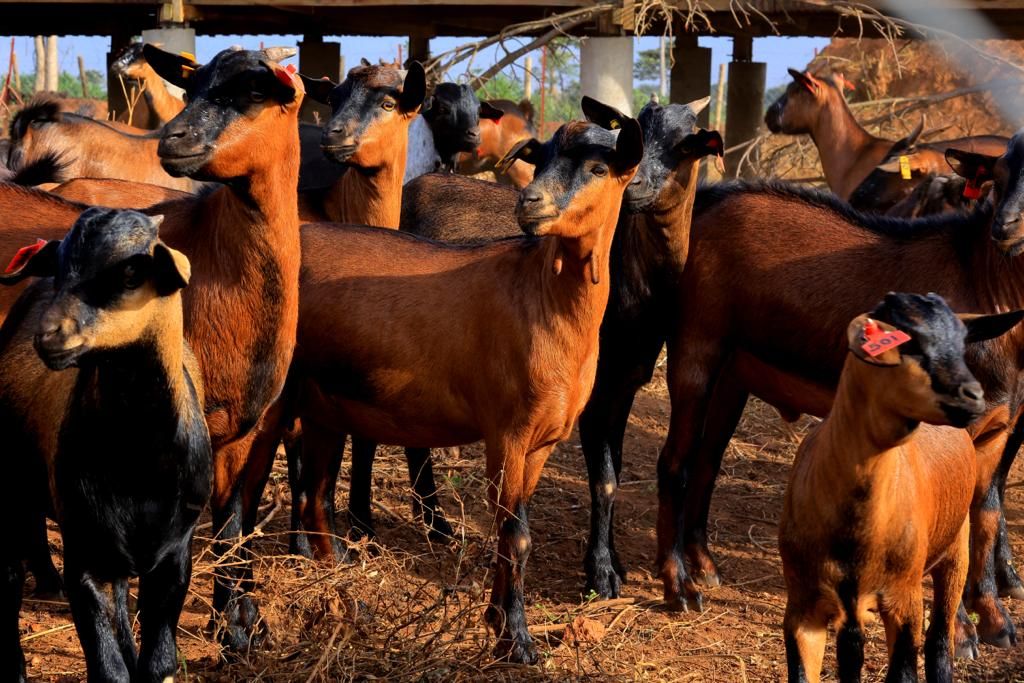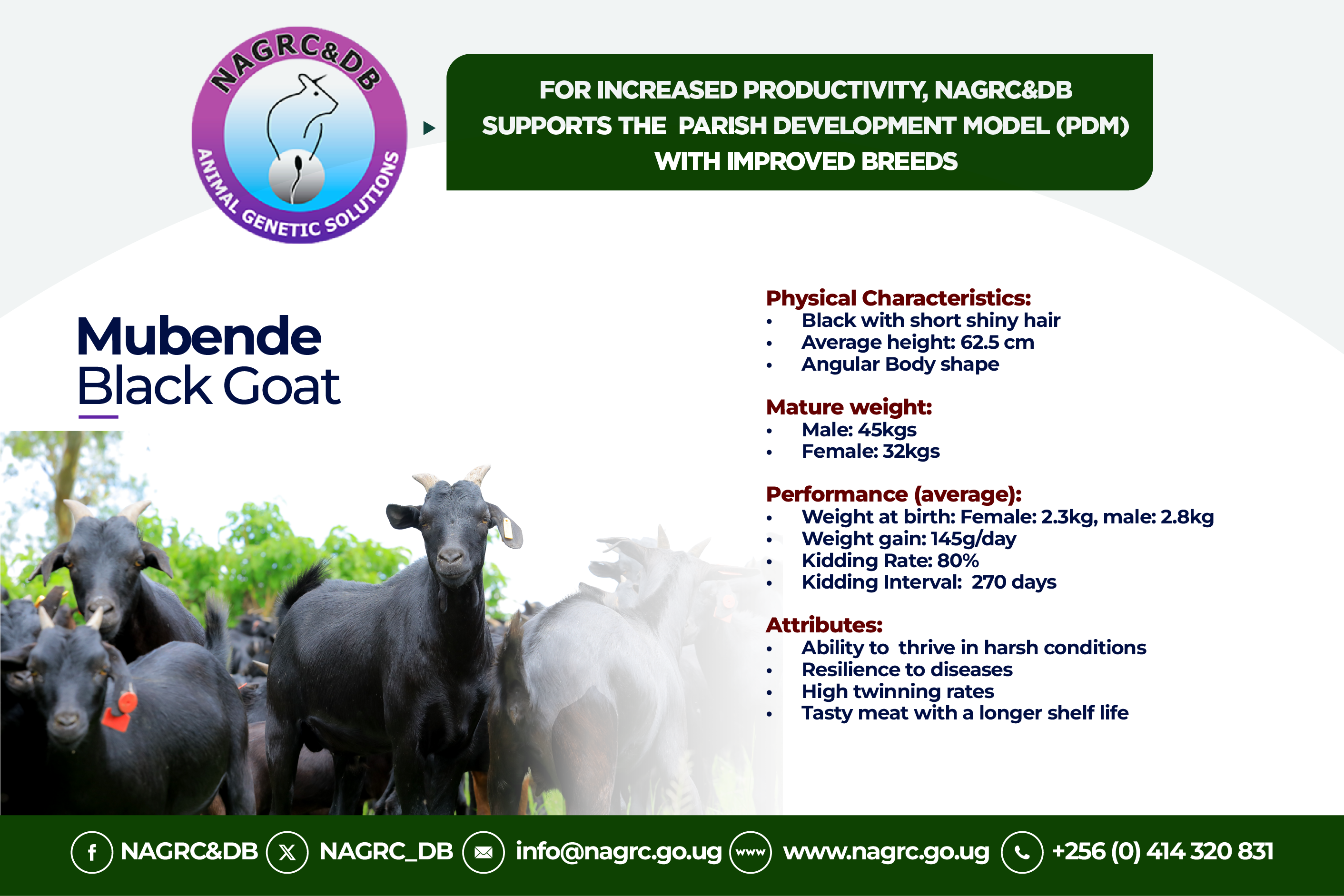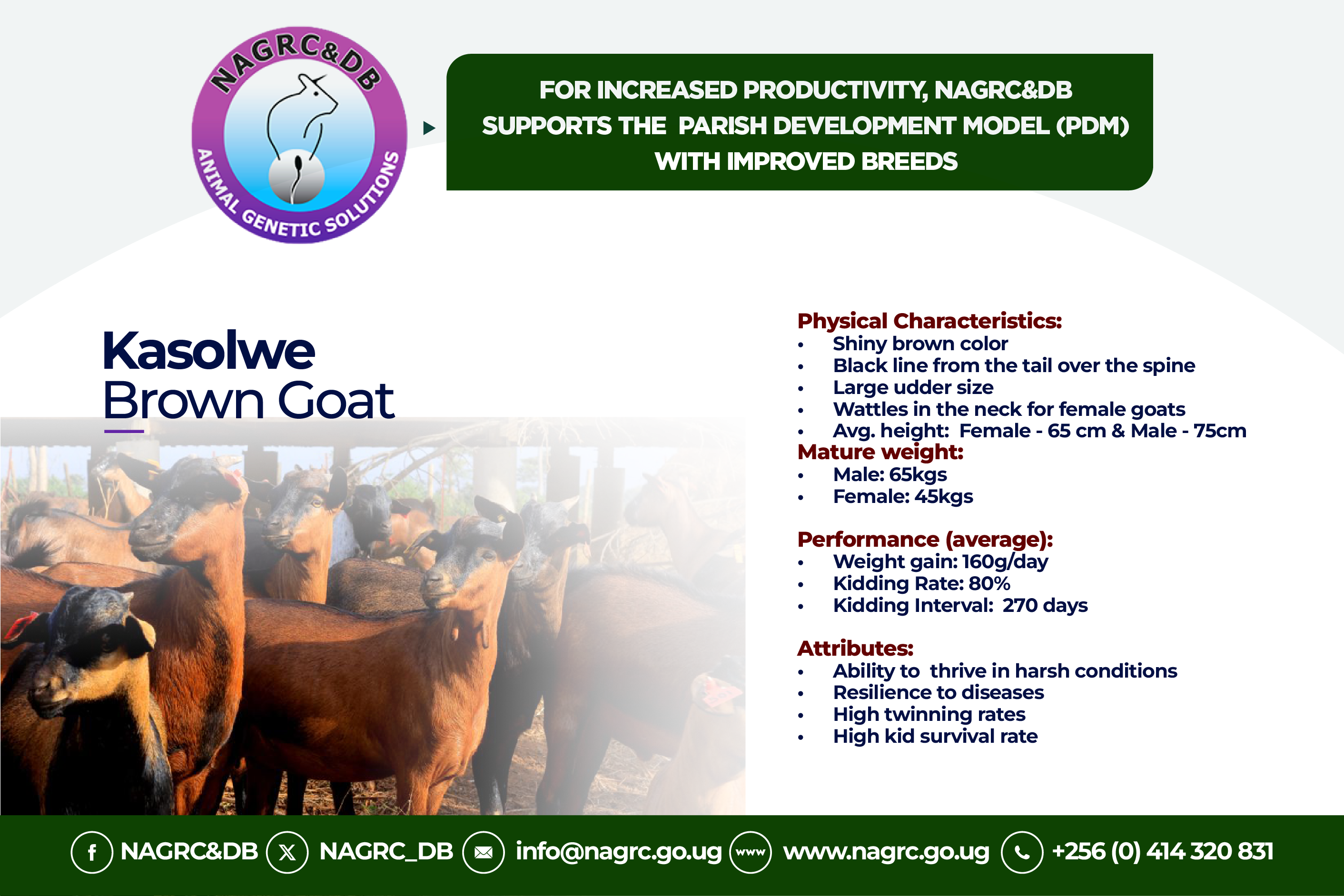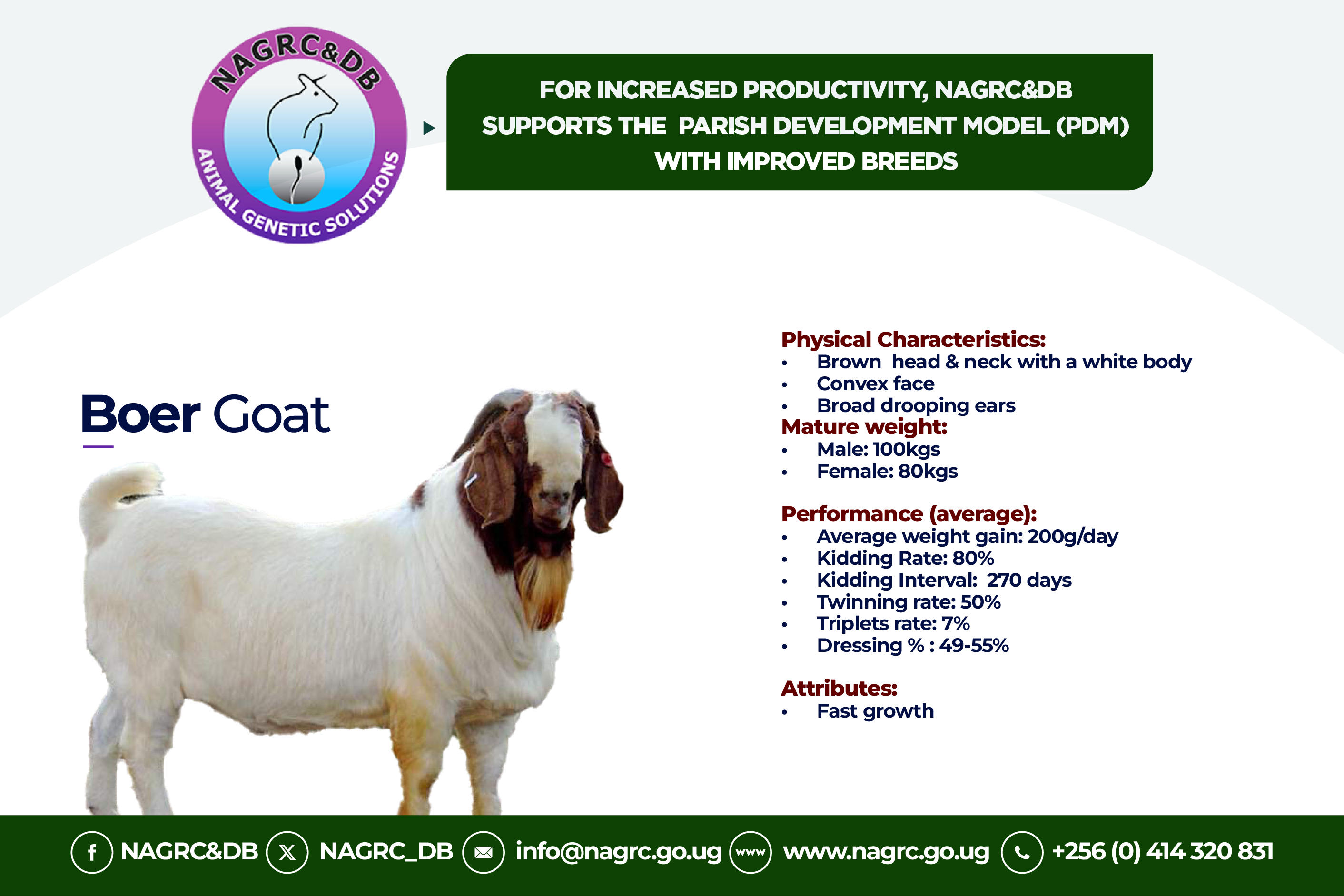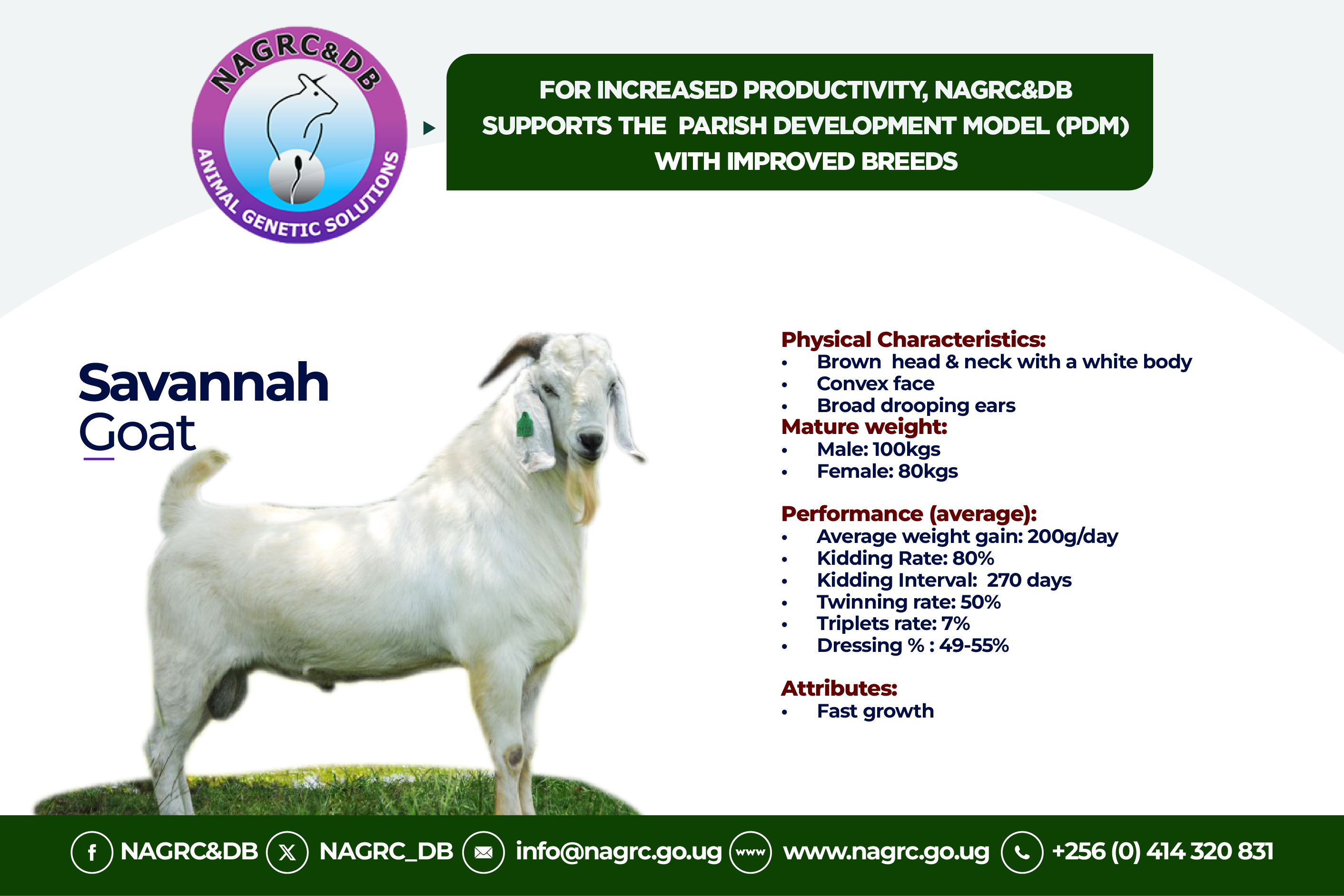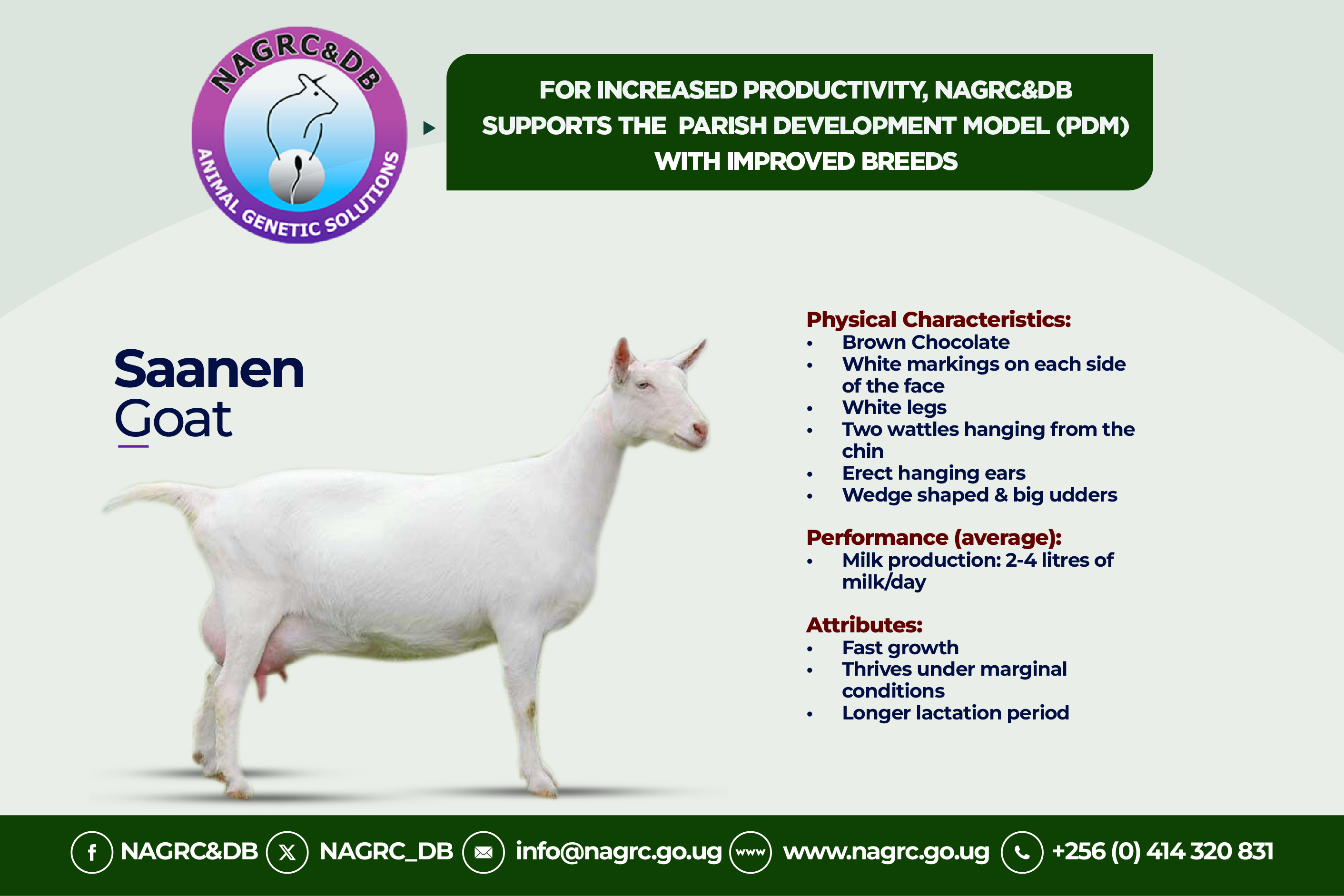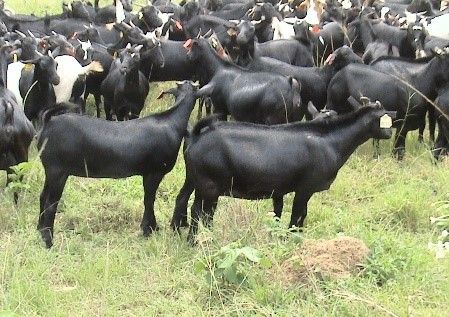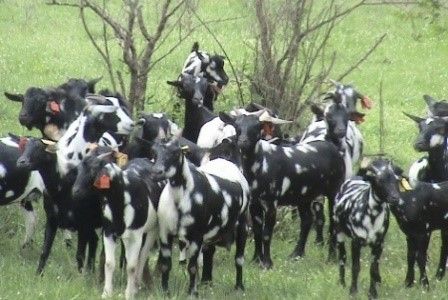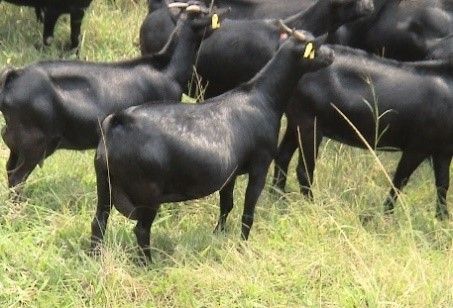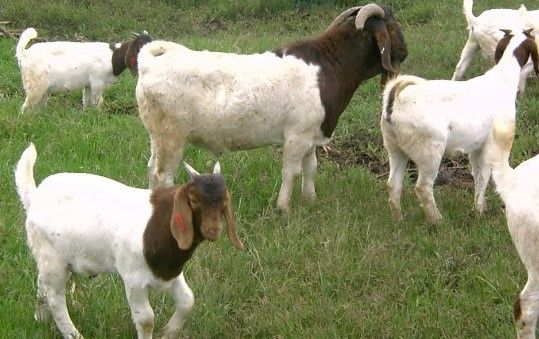National Small Ruminants Breeding Program
-
Purpose
The program purposes to promote goat production through raising an elite parent stock of pure South African Boer, Pure Black Mubende, Pure Mubende spotted, the Kasolwe brown and the Kigezi goats. There are also continuous engagements in cross breeding of the indigenous goats with the South African Boer goats and availing the offspring (50% and 75%) to several farmers across the country. The program also aims to conserve the indigenous goat genetic resources in Uganda
All over Uganda there is an increasing interest in goats and goat products – both dairy and meat. This is due to an increase in their population density, greater demand for meat and milk, albeit the reduced availability of pasture land because of increased arable farming activity. In some areas such as the highlands of Kigezi, Rwenzori and Elgon this can take a very extreme form, such that keeping goats becomes the only option available for the majority of families desiring consistent supplies of milk, meat and sustainable income.
-
Key Stakeholders
In the effort of developing the dairy goat industry, there are partnerships with existing dairy goat breeders’ networks in Mount Elgon and the Rwenzori. Through this framework and using assisted reproductive technologies, these farmers are supported to access high quality dairy goat genetics and trained on best management practices for improved production and productivity.
NAGRC&DB is also promoting goat breeders’ associations in different parts of the country. The associations serve as private sector organizations to multiply good quality parent stock for access by other farmers.
-
Key Strategic interventions
On-going interventions and future prospects for goat improvement in Uganda include;
- Community based breeding programs; Nucleus breeding programs; Open nucleus – with the Centre farms and selected breeders in the various Agro-ecological zones
- Out scaling artificial insemination (AI), embryo transfer technologies, purchase of equipment and subsequent training of technicians
- Implementation of ambulatory goat AI programs
- Goat production for strategic export; Set and enforce standards that meet the export demands
- Creation of disease control zones
- Establishment of a goat resource centre and buck stud; where contact mating will be implemented.
